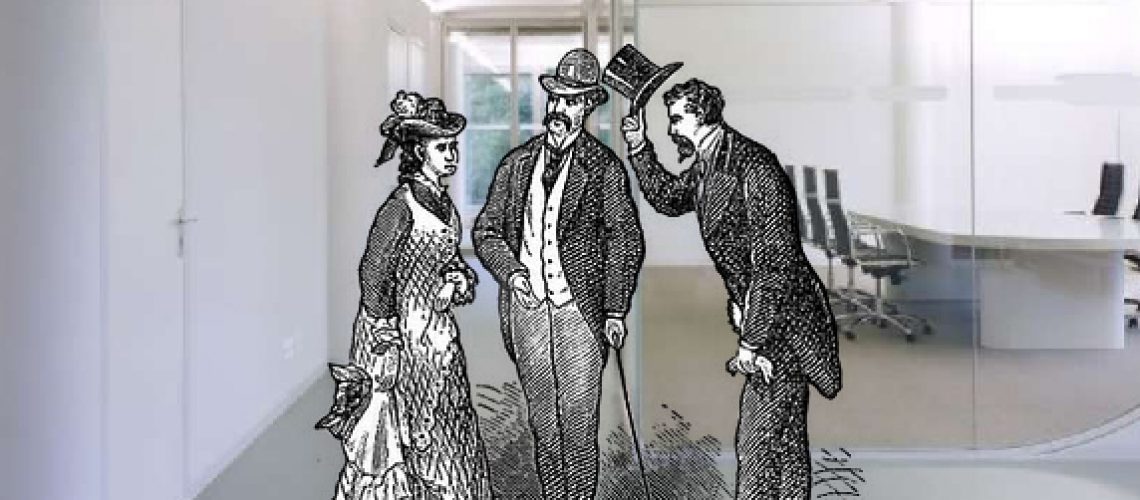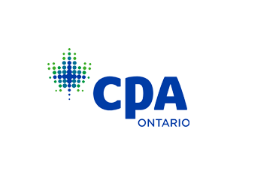Etiquette Essentials:
In today’s professional environment our demeanor is on display for all to see. Be sure to operate with everyone in a manner that promotes your sense of decorum, comfort and confidence. Put others at ease by demonstrating excellent manners. Etiquette in the workplace is not a restrictive set of rules. In fact, quite the opposite is true. Learning a few simple social expectations can alleviate the pressure of, “am I doing this right?” Take this pressure off and allow yourself to focus on what matters: your colleagues, your clients, the opportunities in front of you, and even having a good time.
According to recruiters, image consultants and senior managers an image shake-up wouldn’t hurt most Administrative staff. Manners in the truest spirit of the term – being sensitive to the needs and feelings of others – still help determine whether you will get a job, whether you will advance, and how harmoniously your team will work together.
The most common, etiquette-related error in interviews is erring on the side of informality, and talking too much. Manners and image also play a role in advancement decision. People hire for skills, but they fire for attitude.
Today, the business environment tends to be less formal. I’m not sure that manners have declined, but certainly a great many things that could affect manners have changed. For example, in industries such as IT you have a more informal atmosphere accompanied with the high pressure of short term project deadlines. In this environment the corporate culture of calm decorum is key for productive interactions between groups and individuals. Beyond your technical skills, most of the things that affect your job chances do relate in some way to etiquette, in the broadest sense of being sensitive to others.
Here are a few tips to remember:
- Don’t talk too much
- Don’t be negative
- Focus on the needs of others
- Be punctual
- Be polite
Companies turn to image consultants because they want to put their best corporate face forward with customers and ultimately improve the bottom line. All employees must appear polished and professional when dealing with clients.
In general, manners seem to have deteriorated in recent years. Partly because of a greater informality in society, but also because start- up companies may not devote enough time to image. It’s really up to a company to set the tone of what its expectations are. An interview is a formal situation, even if it’s an internal referral. Don’t take it for granted and be too familiar.
Manners play an important role in the building of good work teams and in advancement decisions. Think before you speak; consider the consequences. Being in tune with the needs and sensitivities of others, and acting accordingly is the basis of business etiquette.
What kind of image do people conjure up when they speak to you on the phone? Do they picture you as confident and organized, friendly or aloof. Your tone of voice is important on the phone. Be sure to articulate clearly and speak slower- especially when speaking important information such as a call back number.
Anyone who regularly interacts with clients and want to build strong, productive professional relationship will benefit from the insight that Lynne Mackay and her partner Paul Byrne have to offer. You will learn how to project confidence and credibility in dealing with clients and peers, and how to conduct yourself with ease in any business/social situation.
- Office Diplomacy/Business manners, discretion, sensitivity to others
- Appropriate conduct/behaviors in the office and when meeting customers
- Reception Etiquette; the first introduction to the firms image; receiving guests
- Telephone manners; establish rapport with your telephone audience
- Speak with a confident tone
- Vocal quality
- Articulation and pronunciation
- Active listening strategies
- Professional Networking Skills; Working a room
- Approaching and Leaving Groups
- Successfully perform various types of introductions
- Use communication strategies to start and continue conversations
- Small talk topics to discuss and avoid
- Business card etiquette
- Effectively use kinesics and Proxemics to make clients/colleagues comfortable



